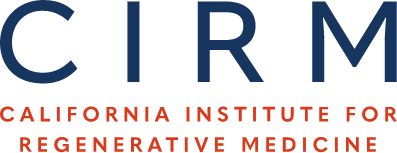Modeling the genetic basis of psychopathology in schizophrenia and autism
Research Objective We propose to apply scalable platforms for the characterization of CNVs and genes coupled with detailed characterizations of neurodevelopment of the 4 major CNV loci in model systems…



